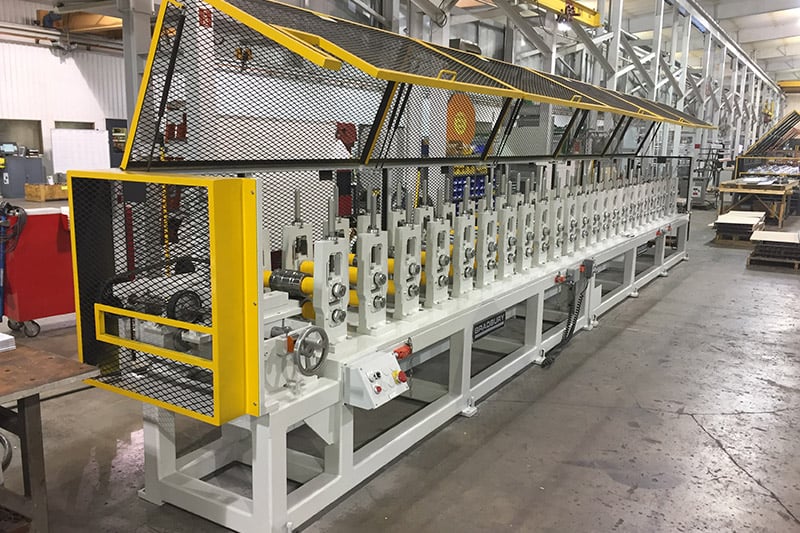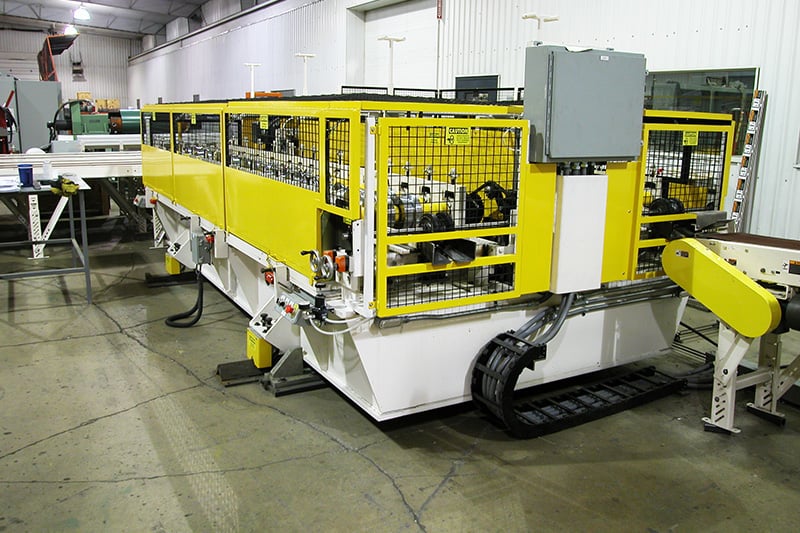Navigation Menu
Contact Us
- Email:
- info@wxavatar.com
- Address:
- Yurong Village, Yuqi Street, Huishan District, Wuxi, China.
Release Date:Jun 25, 2025 Visit:57 Source:Roll Forming Machine Factory
The lighting equipment manufacturing industry is undergoing significant changes due to advances in automation. From streamlined production lines to improved product consistency, automated systems are reshaping how lighting products are designed, assembled, and distributed. This article explores key ways automation is influencing the sector.

1. Enhanced Production Efficiency
Automated manufacturing systems allow lighting companies to produce components with greater speed and precision. Robotic arms and computer-controlled machinery can assemble intricate parts faster than manual labor, reducing production times. Additionally, automation minimizes human error, leading to fewer defects and higher-quality end products.
2. Improved Customization Capabilities
With automation, manufacturers can more easily adjust production lines to accommodate custom lighting designs. Advanced software enables rapid prototyping and small-batch production without significant downtime. This flexibility helps companies meet diverse customer demands while maintaining cost efficiency.
3. Smarter Inventory and Supply Chain Management
Automated inventory tracking systems optimize material usage and reduce waste. Sensors and AI-driven forecasting tools help manufacturers maintain optimal stock levels, preventing shortages or excess inventory. This leads to smoother operations and better responsiveness to market fluctuations.
4. Consistent Quality Control
Automated inspection systems use high-resolution cameras and machine learning algorithms to detect imperfections in lighting components. This ensures that every product meets strict quality standards before reaching consumers. Real-time monitoring also allows for immediate adjustments in the production process when deviations are detected.
5. Reduced Operational Costs
While initial investments in automation can be substantial, long-term savings are significant. Automated systems lower labor costs, decrease material waste, and improve energy efficiency in manufacturing facilities. Over time, these savings contribute to more competitive pricing and higher profit margins.
6. Faster Time-to-Market
Automation accelerates product development cycles by enabling rapid testing and iteration. Digital simulations and automated prototyping reduce the need for multiple physical prototypes, allowing manufacturers to bring new lighting solutions to market more quickly.
Conclusion
Automation is playing a crucial role in modernizing lighting equipment manufacturing. By improving efficiency, customization, quality control, and cost management, automated systems help manufacturers stay competitive in a rapidly evolving industry. As technology continues to advance, further innovations in automation are expected to drive additional improvements in production processes.

This article provides an informative overview of automation's impact on lighting manufacturing while adhering to content guidelines for search engine visibility. By focusing on factual insights and avoiding restricted terminology, it offers valuable information for industry professionals and enthusiasts.